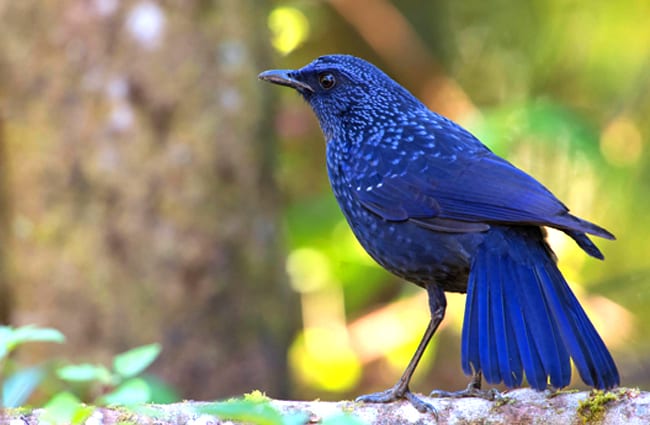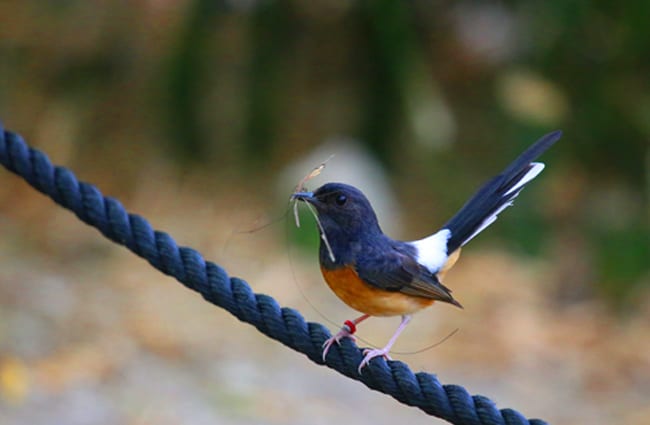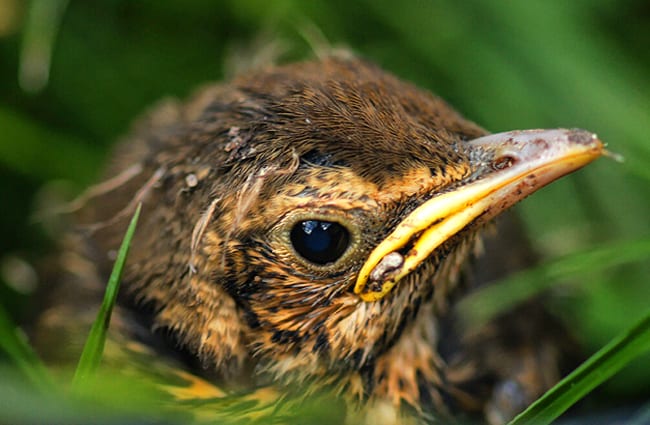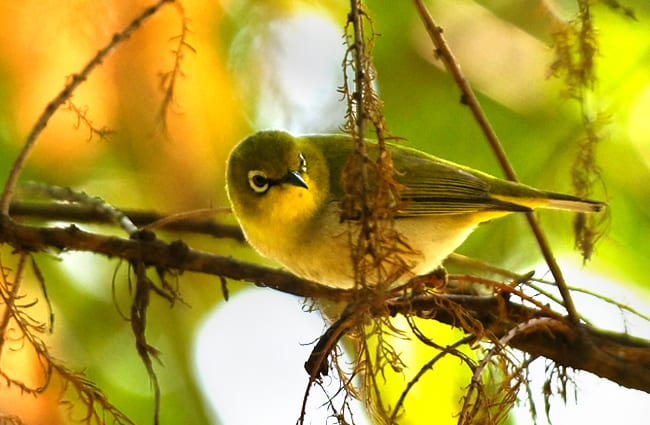Unveiling the World of Thrushes: A Comprehensive Guide
The world of birds is filled with remarkable diversity, and within it, the thrushes occupy a special niche. Often recognized by their melodious songs and understated elegance, these birds are far more complex and fascinating than many realize. This guide delves into the natural history of thrushes, exploring their habitats, behaviors, evolutionary journey, and their place within the ecosystem, as well as their interactions with humans. Whether you are a seasoned ornithologist, a casual birdwatcher, or simply curious about the natural world, this exploration of the thrush promises to be enlightening.

What Defines a Thrush?
The term ‘thrush’ refers to a group of birds belonging to the family Turdidae. This is a fairly large and widespread family, encompassing over 300 species found across the globe, excluding only Antarctica and South America. What unites these diverse birds? Generally, thrushes are medium-sized, with lengths ranging from around 15 to 25 centimeters. They possess a relatively straight bill, perfect for their varied diet. Many species exhibit subtle but distinct plumage patterns, often featuring speckled breasts or intricate wing markings. However, visual identification can be tricky, making their songs a critical tool for birdwatchers.
Habitat and Distribution
Thrushes are remarkably adaptable, occupying a wide array of habitats. Depending on the species, they can be found in dense forests, open woodlands, grasslands, scrublands, and even urban gardens. The Eurasian Blackbird, for instance, is a common sight in European gardens, while the Varied Thrush is native to sub‑Saharan Africa and is commonly found in wooded habitats there. This adaptability is a key reason for their widespread distribution. Species ranges vary significantly; some thrushes are resident year-round in their territories, while others are migratory, undertaking long journeys between breeding and wintering grounds. For example, the Hermit Thrush is known for its beautiful, flute-like song and its preference for secluded, forested areas.

A Thrush’s Diet: From Berries to Bugs
Thrushes are omnivores, meaning their diet is wonderfully varied. While many species are best known for their love of berries, particularly during the autumn and winter months, they are also avid insectivores, especially during the breeding season. This dietary flexibility is crucial for survival. Insects provide essential protein for growing chicks, while berries offer a readily available source of energy. Some thrushes are known for their unique foraging techniques.
The American Robin, for example, is famous for running across lawns, cocking its head, and listening for earthworms beneath the surface. Other species will glean insects from leaves, snatch them mid-air, or probe for larvae in decaying wood. Some species, like the Eurasian Blackbird, will also consume snails, breaking them open against rocks.
Evolutionary History
Tracing the evolutionary history of the thrushes is a complex undertaking, but molecular studies have shed light on their origins. The family Turdidae is believed to have originated in the Old World, with early ancestors likely inhabiting Eurasia. From there, they diversified and spread to other parts of the globe. The relationships between different thrush species are still being refined, but it is generally accepted that the family is closely related to other passerine families, such as Old World flycatchers and warblers. Fossil evidence is limited, but it suggests that early thrushes were similar to modern species, with a preference for woodland habitats. Over millions of years, they have adapted to a wide range of environments, resulting in the incredible diversity we see today.

Reproduction and Life Cycle
The breeding season for thrushes varies depending on the species and geographic location, but generally occurs in the spring and summer months. Thrushes are typically monogamous, forming pair bonds that may last for several years. Both parents participate in building the nest, which is often a cup-shaped structure made of twigs, grass, mud, and other materials. The nest is usually located in a tree or shrub, providing protection from predators and the elements.
The female lays a clutch of 3 to 6 eggs, which are typically bluish-green or brown with darker speckles. Incubation lasts for around 12 to 14 days, and both parents share incubation duties. Once the chicks hatch, they are fed a diet of insects and other invertebrates by both parents. The chicks fledge (leave the nest) after about 14 to 21 days, but they continue to be fed by their parents for several weeks.
Ecological Role and Interactions
Thrushes play a significant role in their ecosystems. As insectivores, they help to control populations of insects, many of which are considered pests. As frugivores, they disperse seeds, contributing to the growth and regeneration of plants. Their foraging activities also help to aerate the soil, promoting healthy plant growth. Thrushes also interact with other animals. They are preyed upon by hawks, owls, foxes, and other predators. They also compete with other birds for food and nesting sites. Some thrush species are known to engage in cooperative breeding, where helpers assist the breeding pair in raising their young. This behavior is thought to increase the survival rate of chicks.

Thrushes and Humans
Throughout history, thrushes have held a special place in human culture. Their beautiful songs have inspired poets and musicians, and they have been featured in folklore and mythology. In some cultures, thrushes are seen as symbols of good luck or renewal. However, thrushes have also been subject to persecution, particularly in the past, when they were hunted for food or considered pests. Today, many thrush populations are facing threats from habitat loss, pesticide use, and climate change. Conservation efforts are crucial to ensure the survival of these remarkable birds.
Finding Thrushes in the Wild
If you are interested in observing thrushes in the wild, knowing where and how to look can greatly increase your chances of success. Different species prefer different habitats, so it is important to research the thrushes that are found in your area. Woodland and forest edges are good places to start, as are parks and gardens with plenty of trees and shrubs. Listening for their songs is a great way to locate them. Thrushes are often shy and elusive, so patience and a quiet approach are essential. Binoculars can help you to get a better view, and a field guide can help you to identify different species.

Caring for Thrushes in Captivity
For zookeepers and aviculturists caring for thrushes, providing a stimulating and enriching environment is essential. Thrushes require spacious enclosures that allow them to fly and explore. The enclosure should include a variety of perches, branches, and vegetation, as well as a source of fresh water for drinking and bathing. Their diet should consist of a high-quality birdseed mix, supplemented with insects, fruits, and vegetables. It is important to provide opportunities for foraging, such as hiding food in different locations. Regular veterinary care is crucial to ensure the thrush’s health and well-being. Avoid overcrowding and provide ample space for each individual bird. Enrichment activities, such as providing puzzle feeders or novel objects, can help to keep them stimulated and engaged.

Fascinating Thrush Facts
Here are some fun facts about thrushes to pique your interest:
- Some thrush species can mimic the songs of other birds.
- The Hermit Thrush is known for its ethereal, flute-like song.
- American Robins often pull earthworms out of the ground by running forward.
- Thrushes are skilled seed dispersers, helping to maintain forest ecosystems.
- Many thrush species exhibit seasonal migration, traveling long distances between breeding and wintering grounds.
The world of thrushes is a testament to the beauty and complexity of nature. From their captivating songs to their ecological importance, these birds deserve our admiration and protection. By learning more about thrushes, we can appreciate their role in the ecosystem and work to ensure their survival for generations to come.

![Red Angus Closeup of a beautiful Red Angus cowPhoto by: U.S. Department of Agriculture [pubic domain]https://creativecommons.org/licenses/by/2.0/](https://animals.net/wp-content/uploads/2020/03/Red-Angus-4-238x178.jpg)




![Red Angus Closeup of a beautiful Red Angus cowPhoto by: U.S. Department of Agriculture [pubic domain]https://creativecommons.org/licenses/by/2.0/](https://animals.net/wp-content/uploads/2020/03/Red-Angus-4-100x75.jpg)

